Nearly six years on from its 2019 Geneva Motor Show debut, the GT remains the most slept-on McLaren out of the brand’s entire lineup. Built on a modified version of the carbon structure that underpins the 720S, the GT aims to offer a softer, more versatile take on the manic supercar experiences the marque is known for: a go-anywhere, do-anything McLaren.
Yet despite its grand touring aspirations, the GT is well worthy of the supercar title. There’s more to it than just 720S bones hiding beneath its skin; the GT utilizes McLaren’s fantastic electro-hydraulic steering, gets massive carbon-ceramic brakes as standard, and excels thanks to adaptive dampers that instantly morph its ride from firm to plush. The GT bit is achieved partly through its softer suspension but mainly by including a secondary storage space behind its seats.
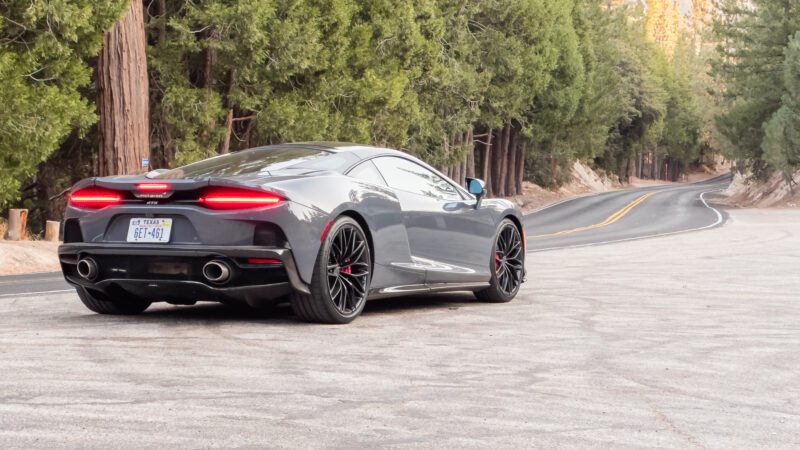
This is a supercar first with some added practicality sprinkled on top. Its replacement, the McLaren GTS, arrives with mild revisions to further fine-tune this formula. Its output rises by 15 horsepower to 626 hp while its weight drops by 22 pounds to 3,362 lb. The GTS’s styling, a point of contention for some when it came to the preceding GT, receives a subtle refresh while its roof relies on carbon fiber construction to save weight.
If, at first glance, the McLaren GTS sounds more like a subtle refresh than a major update over the GT, you’d be right. However, given that it’s aiming to update what is already a thrilling driver’s car, the GTS doesn’t waste time fixing what’s not broken.
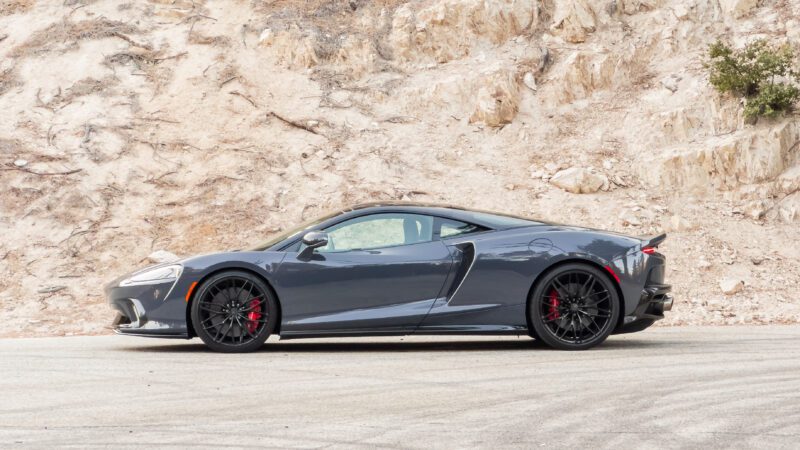
To further understand the GTS, we have to zoom out and look at McLaren’s lineup as a whole. As you’re likely well aware, the Artura’s launch hit some serious speedbumps along the way, with the British brand introducing a significant update for its second model year in 2024.
More than just being a plug-in hybrid supercar, the Artura is an ambitious project that launches a new structure, engine, and transmission on top of its electrification components. Yet, getting its new hardware to cohabitate proved more of a challenge than expected. Its delays caused a ripple effect throughout the company, pushing the arrival of McLaren’s new plug-in hybrid V8 well into the future, creating a gap.
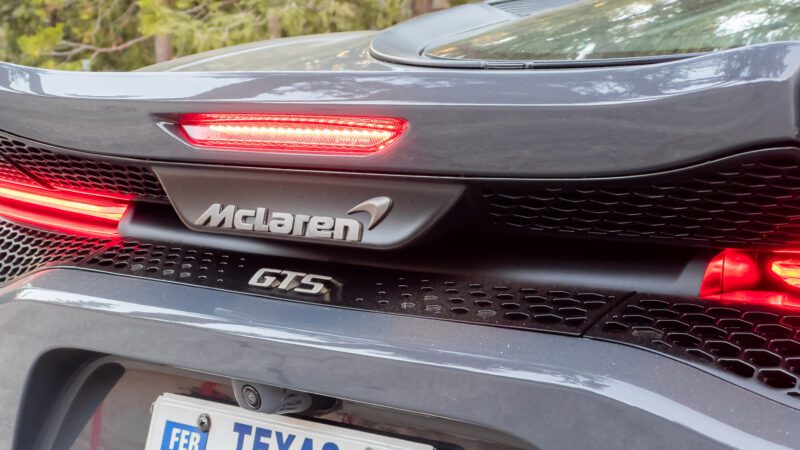
While the W1’s debut gives us a glimpse of what we can expect from Woking’s future, there’s still an opening where the GTS and the 750S now fit. The supercar pair reuses plenty of existing hardware (although the 750S arguably goes further by borrowing heavily from the 765LT) to fine-tune the experiences offered by their predecessors rather than outright redefining them.
Like the 750S, it can be challenging to distinguish the McLaren GTS from the GT. Alongside this car’s grand touring aspirations, the British marque relied on more conservative styling, creating a clear separation from the 720S’s flowing lines. You’d almost call it subtle if it weren’t for its long and wide supercar proportions.
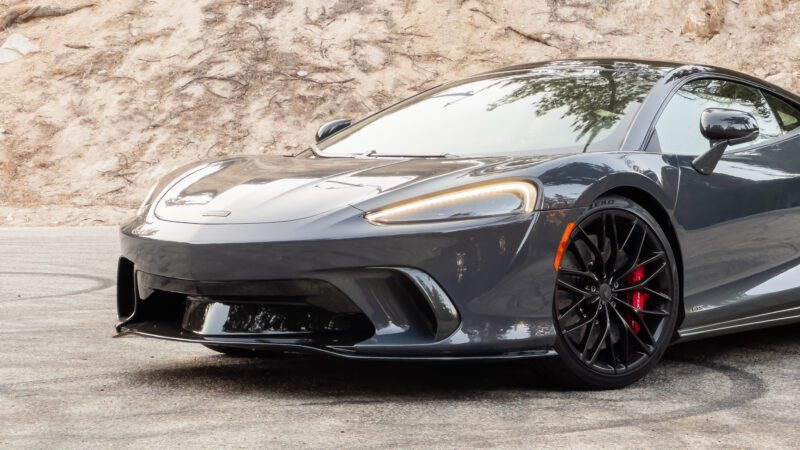
However, look a bit closer, and you’ll see that the GTS sports more pronounced air intakes upfront with enlarged openings. The tops of its rear fenders receive a similar treatment with bigger inlets that sit slightly higher to make their presence known. Below, a large diffuser flanks its twin exhaust tips, which are available in a louder Sports configuration.
From there, this car’s front splitter and side skirts remain unchanged, and while there’s a new set of 10-spoke Turbine forged wheels, my tester features the standard 10-twin-spoke set that carries over. In keeping with broader industry trends, McLaren’s latest offers a more extensive selection of exterior and interior finishes for greater personalization. Still, guaranteeing whether you’re looking at a GTS versus a GT isn’t always easy. Yet should its minute details elude you, small “GTS” badges in the rear and on its doors clear things up.
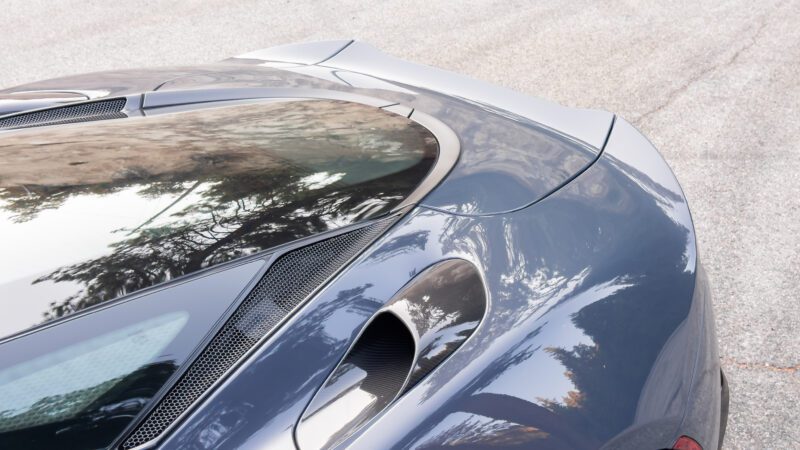
It’s a similar story when you step inside. The McLaren GTS retains the GT’s spacious interior, excellent visibility, and plush standard Comfort seats. McLaren simplifies the configuration process for the GTS by splitting it into Standard, Performance, and TechLux trim levels. Each is meant to extract a different vibe from the cabin. Whereas Performance incorporates more Alcantara surfaces, TechLux aims to be more elegant prioritizing Leather upholstery adorned with contrasting details.
While this car’s material improvements help it look and feel more well-appointed than the preceding GT, its tech suite remains practically unchanged. In front of the wheel, you’ll find a 10.25-inch display with graphics beginning to look quite dated. At the same time, a seven-inch central screen still lacks Apple CarPlay or Android Auto connectivity, making it the last vehicle in its class (also within McLaren’s lineup) to lack this level of essential smartphone integration.
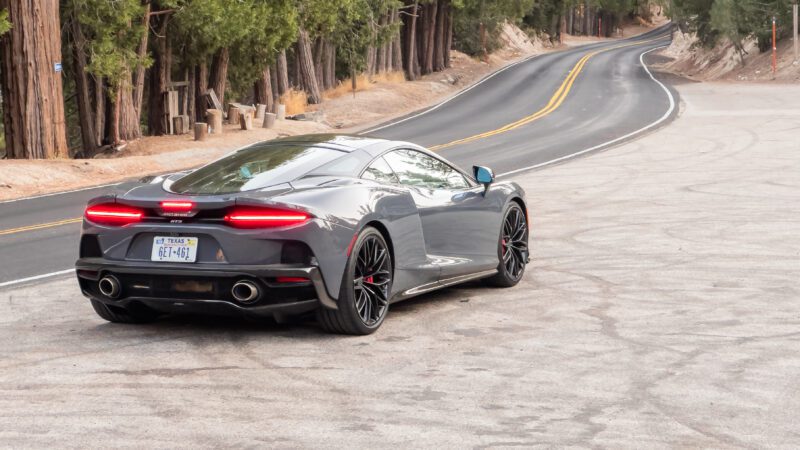
Yet before you write the McLaren GTS off as just a stopgap product that introduces minor revisions with limited impact, I should tell you why, even after years of driving every new supercar on sale, it’s still on my shortlist of favorites.
It all boils down to how well the GT, and now the practically identical GTS, balance thrills behind the wheel with a level of added usability that entices you to rack up miles. For example, last year, I road-tripped a GT from Los Angeles to San Diego only to turn around and cut through the desert on some of Southern California’s best roads up to Palm Springs. Once there, I pointed the GT’s nose towards LA, eventually finishing the trip covering a little over 400 miles in less than 24 hours.
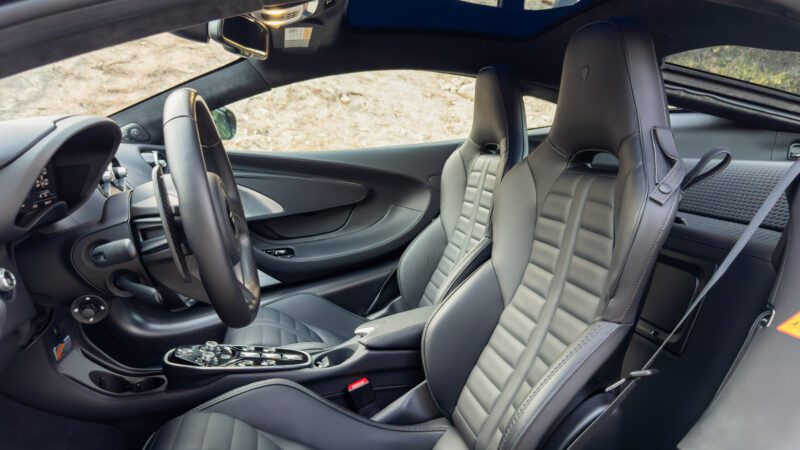
As McLaren fans will quickly point out, I could’ve just as easily done the drive in an Artura or a 750S, thanks to their comparatively plush suspension setups. However, I haven’t told you that my wife rode shotgun the entire way, with our overnight luggage tucked in the storage compartment atop the GT’s twin-turbocharged V8. Simultaneously, the primary trunk in the nose had ample space for my camera case, effortlessly allowing this supercar to double as an authentic grand tourer.
While the McLaren GTS is an excellent tool for covering long distances, so is a Porsche 911 Turbo S, a Maserati GranTurismo Trofeo, or a Bentley Continental GT. The difference is, as you turn off the highway and onto a winding road, switching away from Comfort mode into either Sport or Track, the GTS quickly reminds you that it is truly a supercar first with some added practicality sprinkled on top.
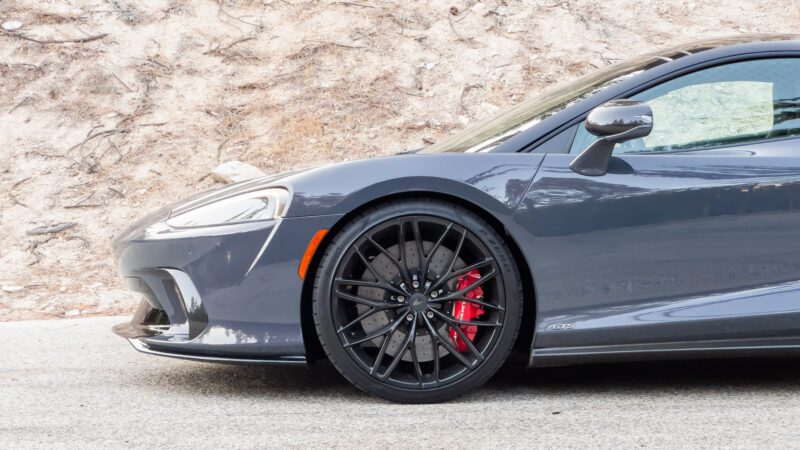
I’d be lying if I told you that a 15-hp increase makes any noticeable difference on the street. When dealing with a 4.0-liter twin-turbocharged V8 that produces 626 hp, such a modest power bump is undetectable outside of instrumented testing. What matters is that, like its predecessor and all McLarens really, the GTS feels stupendously quick. A seven-speed dual-clutch sends that output alongside 465 pound-feet of torque to the rear wheels.
Dial back traction control, and you’ll get plenty of sideways action as the GTS’s V8 reaches peak boost pressure. Despite its grand-tourer label, McLaren’s softest offering won’t hesitate to bite back should you not treat its throttle with the respect it deserves. Remember that the GTS still hits 60 mph in 3.2 seconds, 124 mph in 8.9 seconds, and tops out at 203 mph.
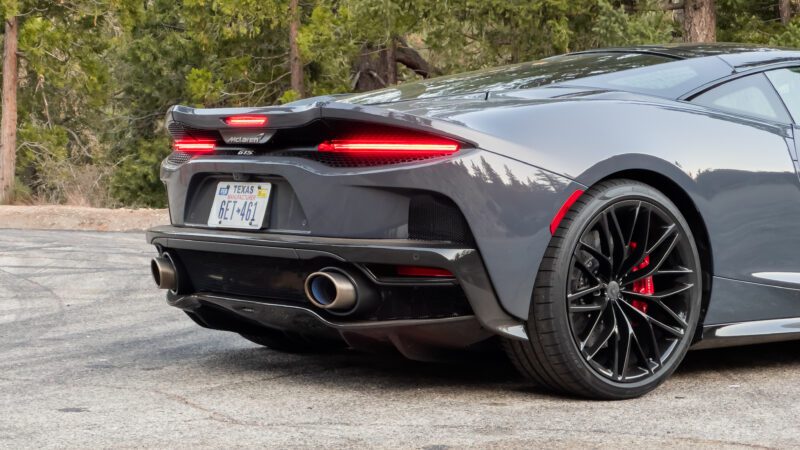
Yet unlike most do-it-all grand tourers, the GTS doesn’t lose its sense of tactility as it chases this performance. As mentioned, it retains the brand’s communicative electro-hydraulic steering, pairing it with an upsized set of standard carbon ceramics and adaptive dampers. However, McLaren re-tuned all of these components for the GTS, as it did for the 750S and the updated Artura, focusing on improving driving engagement. Its dual-clutch receives a similar treatment, ripping quicker but more dramatic shifts at full throttle.
The results are subtle, but given the high bar set by the GT, that’s not surprising. Turn the wheel, and you’ll get a quick response that’s as linear as it is communicative. As you pick up the pace, steering effort and weight increase as the front end loads up, painting a clear picture of just how much grip you’ve got. Simultaneously, push even further, and the steering quickly lightens, letting you know it’s time to back off.
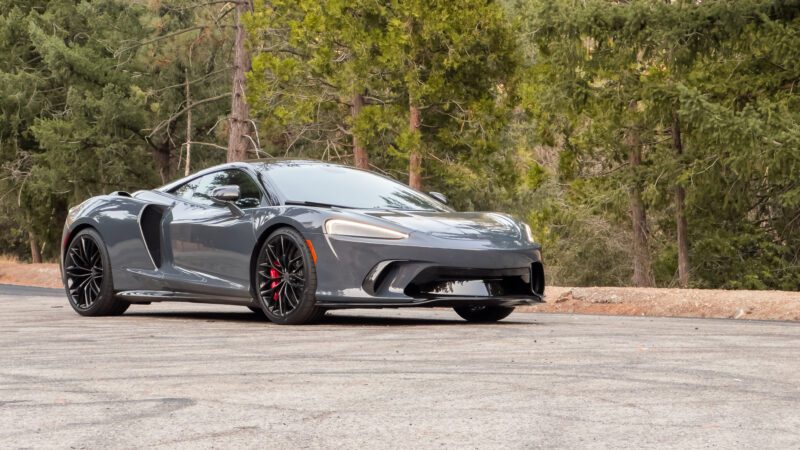
Like all McLarens, brake pedal travel is short, while the system requires strong pressure before it delivers the stopping power you’re after. This car’s 15.4-inch front rotors with six-piston calipers are spectacularly effective, and at higher speeds, this setup rewards firm but purposeful inputs with a linear response. As with this car’s steering, the brakes require as much effort as they do careful modulation, creating a sense of connectedness between car and driver.
While the McLaren GTS sheds 22-lb, like its 15-hp power bump, you won’t feel the effects of those savings on the street. They become even less detectable as you throw bags in this car’s trunk or frunk. Still, tipping the scales at 3,362 lb with fluids, the GTS remains nearly 300 lb lighter than a Porsche 911 Turbo S. It weighs 710 fewer pounds than a Maserati GranTurismo Trofeo while undercutting the latest plug-in hybrid Bentley Continental GT by a staggering 2,053 lb.
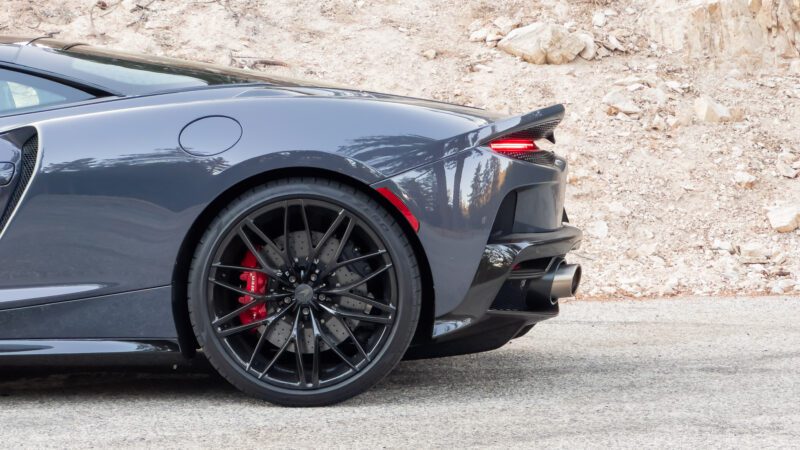
Of course, the aforementioned Maserati and Bentley are front-engined grand tourers in the traditional sense, offering greater interior space and an abundance of quilted leather-covered surfaces. And while the 911 comes the closes of the bunch, its lack of a proper carbon tub makes matching the McLaren’s weight figure almost impossible.
Thanks to the GTS’s lack of weight, it doesn’t require overly firm suspension to control body motions either on open road stretches or tight bends. As such, its twin-valve hydraulic adaptive dampers and double-wishbone setup front and rear allow the grand touring McLaren to feel as agile as a featherweight supercar without making its occupants endure the often punishing rides associated with the type.
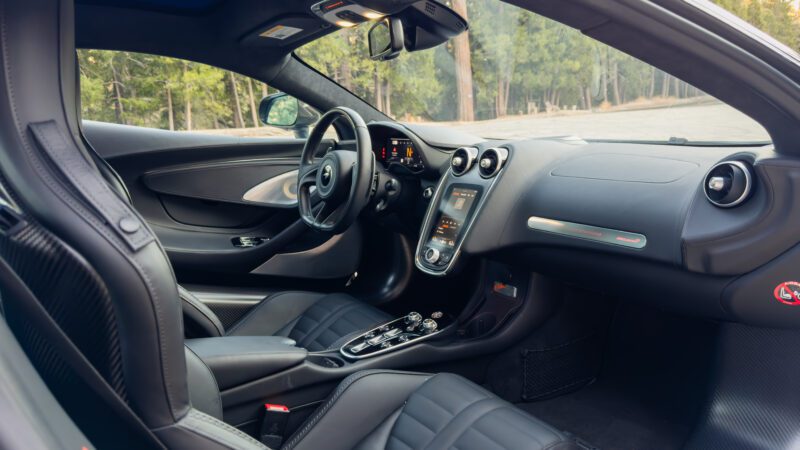
As a bonus, the GTS inherits the ultra-quick front-axle lift system introduced for the 750S, which is 50 percent quicker than the one used for the 720S and the discontinued GT.
For 2025, the McLaren GTS starts at $224,400, including destination. For context, that’s $29,700 less than the smaller but sportier $254,100 Artura Coupe. Thanks to Porsche’s recent price increases, the GTS also undercuts the $233,395 911 Turbo S Coupe by $8,995.
It’s a similar story if you turn to the $247,310 Ferrari Roma or the $306,250 Bentley Continental GT Speed. The $192,000 Maserati GranTurismo Trofeo is the only other grand tourer in its class that costs less.
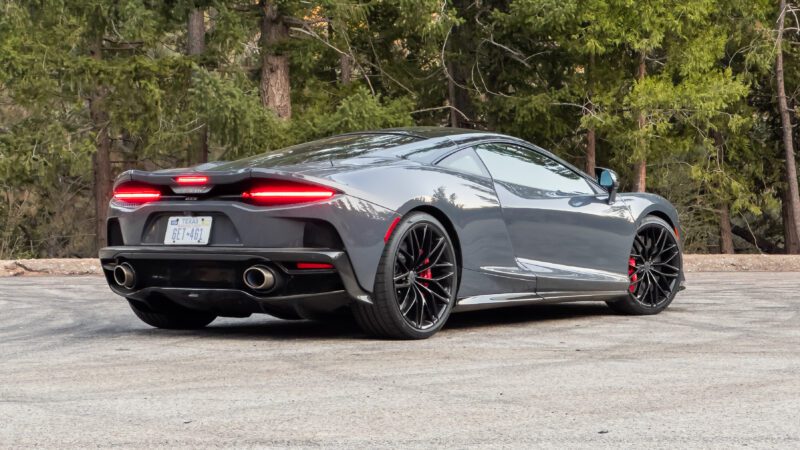
The McLaren GTS isn’t without its faults. Its styling doesn’t create a clear visual separation from the preceding GT, retaining a fairly conservative design by supercar standards. At the same time, while its cabin receives trim and material updates, the user experience suffers due to its aging tech and lack of smartphone connectivity.
There’s also the matter that, given its similarities to its predecessor, this car’s strongest competitor is a lightly used GT. Look through McLaren’s extensive certified pre-owned catalog, and you’ll find plenty of GTs listed for well under $150,000, including a 1-year/12,000-mile warranty with an option to extend it to 2 years or 24,000 miles.
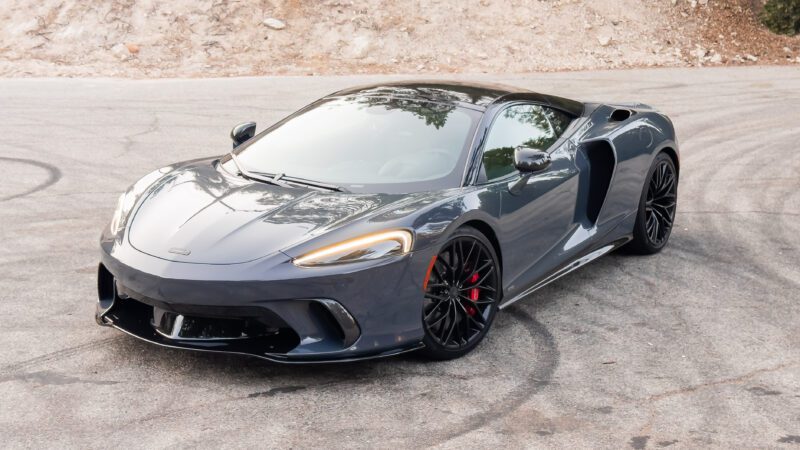
Still, as the McLaren GTS enters the second half of its lifecycle, it remains one of the most versatile supercars on sale. Thanks to carefully re-tuned software, it successfully increases driver engagement without sacrificing the versatility grand tourers are famous for. It remains as thrilling on a back road as it is comfortable on a highway, offering a true dual-personality. As such, while the GTS is more of a subtle refresh than a major update, there’s no need to fix what’s not broken.

